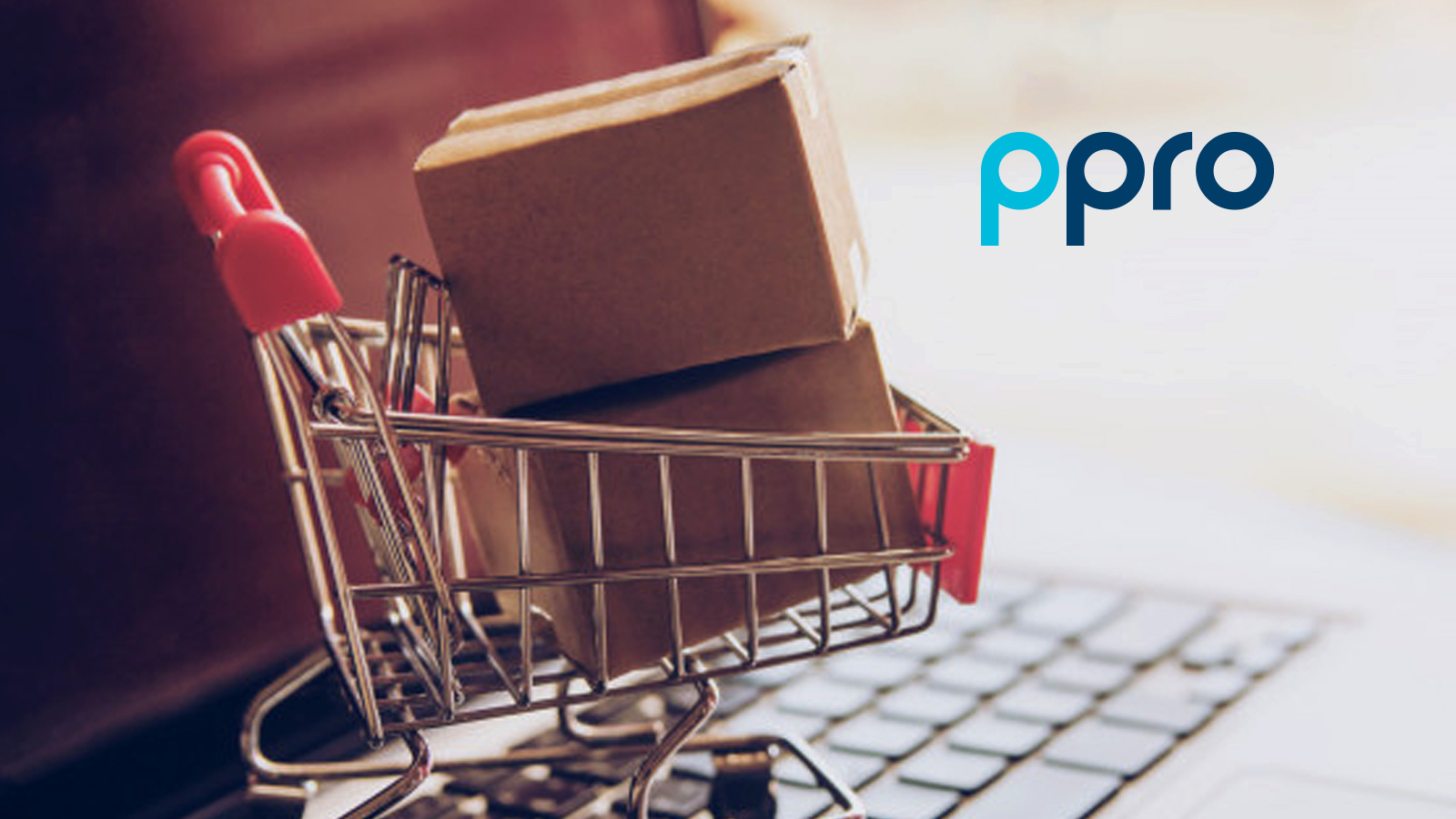The typical customer journey unfolds across multiple channels. Customers visit your website, receive and read your emails, and interact with your brand on social channels. Customers also visit third-party sites as part of their journey, where they may see ads from your brand. And that just covers the online portions of the customer journey. Customers may also call you on the phone, visit your store, or interact with you an event.
How do you manage all these interactions and begin to seamlessly connect them as part of the customer experience?
To answer that question, let’s consider how people buy cars. Car buying is a uniquely cross-channel process. While research may begin online, it will often involve visits to the dealership for test drives, followed by more research (both and on- and offline), before a car is finally purchased (generally, back at the dealership). For this reason, automakers need to have especially robust cross-channel capabilities to make the entire process as seamless as possible.
To give you just one example of how this can work, consider what Ford did. Recognizing that car buyers spend 75% of their car research time online, but looking to connect that online activity to offline interactions, Ford focused on capturing customer information from in-person dealership visitors. They then dropped this information into a DMP (data management platform), and created real-time customer profiles to enable personalized experiences across disparate touchpoints.
Recommended: Winning in the Era of Deep Contextual Personalization: It’s All About Human-Machine Collaboration
Using data to deliver the right experience at the right touchpoint, Ford ultimately saw a 24X increase in click-through rates for their ads, email open rates that were 16 times higher than the industry average, and had a 38% click rate on offers in their emails.
Ford was able to bridge channels in order to provide customers with relevant and engaging next steps and you can, too. Here are some concrete steps to get started on the road to seamless, cross-channel customer experiences.
Map the Customer Journey
If you want to orchestrate and manage experiences across the customer journey, you need to understand what that journey actually looks like. Since it can be overwhelming to try to map out every single touchpoint, take it one step at a time. Start by taking one touchpoint, such as a visit to your website, and connecting it to another, such as receiving an email with a special offer.
Does the email reflect data captured from their website visit? If the customer then visits a store, how does their experience reflect these previous interactions?
And once they’ve visited the store, what happens next?
Identify pain points, or areas where you think you are missing an important opportunity to listen to your customer or collect data.
Where are customers falling off?
What are the touchpoints that are falling short of your customers’ expectations and how can the experience be modified?
Issues that affect revenue – poor customer service, clunky buying processes, subpar loyalty programs – must be addressed and a robust cross-channel personalization program is a powerful and effective way of doing so. But before they are addressed, you need to know where these issues are (or might be) arising. That’s why you need to begin mapping the journey.
Capture Customer Data
In order to provide a seamless experience across channels, you need contextually relevant information about each customer. How are you collecting data at each touchpoint? Take the Ford example. Each January, dealerships invite customers to a New Year’s Event. Hundreds of car shoppers visit, take a brochure, hopefully test drive a vehicle, and then take off. Without capturing that customer data, Ford had no way of personalizing subsequent, online interactions with them, let alone track whether they made a purchase or not.
Read More: Is Person-Based Marketing an Upgrade to ABM?
By proactively collecting email addresses from dealership visitors, Ford closed an important gap in the data collection process. Where are you missing opportunities to collect customer data? Email tools, cookies, in-store WiFi, loyalty programs, social media, and in-person transactions can all yield critical, useful data. By capturing this data and deploying it at relevant moments in the customer journey, you create seamless experiences that customers appreciate and respond to.
Orchestrate Interactions
Using the data collected at each touchpoint allows you to orchestrate experiences across the customer journey.
Let’s look at Ford again; the data gathered from those in-person visits was used to create real-time customer profiles. Attaching behavioral data from email, web, and paid channels made these profiles increasingly robust, and Ford then used these profiles to serve up contextually relevant and sequenced messages across display, web, and email channels. Low-frequency, targeted ads could be served up to keep Ford top of mind. Website visits would feature content specific to the customer’s car model preference. And additional supporting messages could be delivered by email, all of these interactions stemming from the data captured from the original dealership visits.
The number of channels customers use is daunting — SmartInsights puts that number at over 120 — but each channel is also a new opportunity to gather data and serve up meaningful experiences. Through effective journey mapping, data collection, and orchestration, you can address customer needs across all touchpoints, on- and offline, and seamlessly streamline the buying process.
Read Also: Future of Brand Marketing: How to Acquire Gen Z Customers in 2020-2025











